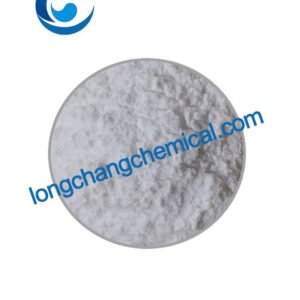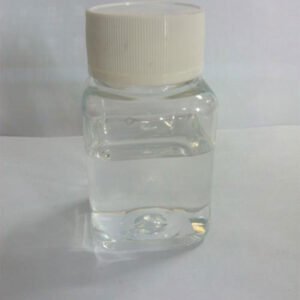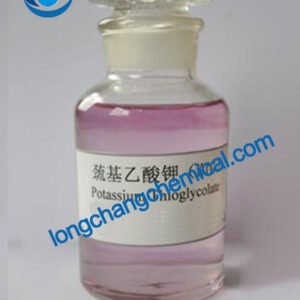2024 The Complete Guide To Isopropyl myristate CAS 110-27-0
Isopropyl myristate is a colorless and odorless liquid, which can be mixed with vegetable oil in any proportion to be transparent, and is not easily hydrolyzed and acidified, and is miscible with organic solvents such as alcohols, ethers, methylene chloride, oils and fats. Isopropyl myristate can be obtained in the following three ways:
- obtained by esterifying myristic acid with isopropyl alcohol after re-distillation of coconut oil.
- 200kg of tetradecanoic acid and 450kg of isopropanol are added to the reaction kettle in turn, mixed with 360kg (98%) sulfuric acid, heated at reflux for 10h, recovered isopropanol, washed acid with ice water, then neutralized with 10% aqueous Na2CO3 solution, steamed isopropanol and water at atmospheric pressure, and steamed out the product 185℃/2.0kPa~195℃/2.7kP at reduced pressure.
- Add 90kg of isopropanol into the reaction kettle, and then add 5% of sulfuric acid as catalyst of the total amount of feed. Slowly add 228kg of tetradecanoic acid under stirring, heat reflux, and continuously dispense water, after the reaction until no water comes out, cool down and take samples to measure the acid value, and the acid value reaches 1.5mgKOH/g as the end point. Add alkali to neutralize the reaction, remove water under reduced pressure, and then remove alcohol under reduced pressure until the acid value is 0.05~1.0mgKOH/g. The finished product will be discharged.
Isopropyl myristate is a colorless and tasteless liquid, which can be mixed with vegetable oil in any proportion to be transparent, not easy to be hydrolyzed and acidified, and can be miscible with alcohol, ether, methylene chloride, oil and other organic solvents. Isopropyl myristate can be used as the following additives.
- used as dispersant of high-grade cosmetics, lipstick, hair cream, lipstick, cleaning cream, fragrance powder and medical ointment, used as emulsifier and wetting agent of cosmetics, also used as perfume fixing agent.
- Carrier solvent. GB2760-96 provides for the permitted use of food fragrances.
- Insecticide solvent.
- isopropyl myristate in cosmetics as a binder, emollient and keratin softening agent, adding the composition of the product is easier to apply, and the texture of fresh. The ingredient has small molecules and is easily permeable, and cleanses well for makeup removal purposes. However, excessive use of this ingredient can make the skin rough and waxy, and has some irritation and acne-causing properties.
- Synthetic fatty acids, which can be used as cosmetic ingredients. Has an emollient effect with a low greasiness. Excellent permeability in the skin, penetrates into pores to clean stains, added in make-up removers. However, due to the good permeability, it can penetrate into the stratum corneum, causing the stratum corneum to proliferate and the skin to be rough and waxy. There are cases of skin irritation and allergy reported, and isopropyl cardamomate tends to cause acne, so pay attention to its use.
- Isopropyl myristate is a non-lipid emollient that is extremely easily absorbed by the skin. It is one of the components of the semi-solid matrix and can also be used as a solvent for many substances in topical drug delivery preparations. It is used in various topical preparations and cosmetics, including bath oils, cosmetics, hair and nail care products, creams, lotions, lip balms, shaving creams, emollients, deodorants, and suspensions for the ear.
- Used as dispersant for lipstick, hair cream, lipstick, cleaning cream, fragrance powder and medical ointment, also used as perfume fixing agent, and as dispersant and raw material in pharmaceutical industry. This product is one of the important additive ingredients of middle and high-grade cosmetics, has excellent penetration, moisturizing and softening effect on skin, used as emulsifier and wetting agent of cosmetics.
- Synthetic grease. Mainly used as lubricant of emulsion cosmetics. Good solubility with other raw materials of cosmetics, can improve the affinity of cosmetics to the skin. Because of the slight irritation to the skin, so the amount should not be too much.







Valoraciones
No hay valoraciones aún.